Interns-in-Training: The Sweets, The Smiles, The Sweat
One thing that makes TYO special is our emphasis on building psychosocial health among the children who come to the center. Kids get to play games, draw, read books, but there’s also an added layer of intervention that helps kids form the skills that they need to face challenges and build relationships for years to come. During our Intern Orientation, it became obvious to us that this psychosocial work was part of every lesson, game, home visit, or art project at TYO. One aspect of our first week in Nablus has been spending time observing the Core Program at TYO, which is for kids ages 4-8. TYO designs the Core Program to enrich the personal and social development of the kids through group activities. The Summer Camp Program, which we interns run for kids ages 9-14, has similar objectives, so we have a lot to learn from them. Engaging the students in song at the beginning of every session, the enthusiasm of the kids is evident on their bright smiling faces as their voices ring out in unison with TYO’s signature song. The kids learn about everything from health in Shireen’s class, drama in Mohammad’s class, sports in Haitham’s class, to reading in Ahmad’s class. We have the challenge of incorporating and matching the needs of the kids with the right programming to meet those needs and establishing how to measure whether we successfully meet our objectives.
As part of our orientation, we had the eye-opening opportunity to tour the Balata refugee camp with Mahmoud, a man who grew up in Balata, and now works at an organization that develops community programs for the refugees. With his help, our intern team learned more about life in the refugee camps than any book could ever teach us. Balata is currently the most populated refugee camp in the West Bank; the estimated 25,000 to 30,000 Balata residents are allotted only 1 square kilometer of space. Entire families of up to 15 people may live in one small room, and it is almost impossible to ascertain where one house ends and another house begins. As we were walking through Balata, it was easy to see how stressful life must be for the men, women, and children who live there. Due to the cramped and crowded living spaces, there is no privacy, no sunlight, and no space for kids to play. After our short trip to Balata, we debriefed with TYO’s awesome psychosocial program director, Suhad. She helped us understand TYO’s role in enabling children and parents to become healthy, active and responsible family and community members —despite the daily challenges they may face living in the refugee camps. We are looking forward to working with TYO and helping disadvantaged Palestinians find ample space to play, learn, and share their stories.
Walking around the Old City was incredible. Similar to many of our favorite historic areas, the Old City is made up of small passages, side streets and busy markets filled with vendors selling anything from blankets to clothing to food. Towards the middle of our tour we stopped at a famous kanafeh shop and bought some to share. Kanafeh – a gooey sugary delight – is a traditional Palestinian treat in which a baker cooks cheese on top of semolina, then flips it, pouring sugar on top until they serve it hot to passersby's. We loved it after the first bite, but after the fifth even our sweet tooths were overwhelmed. Despite this bit of sweetness, there was a heaviness we could feel walking through the Old City. Pictures of martyrs – young and old – hung on walls, empty lots that were once filled with buildings were sandy clearings for parked cars, and houses crumbled in corners where rockets had hit buildings during the Second Intifada. By far the best part of the tour was not the buildings or markets but the little unexpected moments. At one point a little boy playing soccer with his friends came up to Tala, the Intern Coordinator, and asked, “TYO?” “Yes!” she said, and the boy’s face lit up. After exchanging a few words, we continued on. Just a minute later, Tala approached another little boy who she said was a past TYO participant. When the boy recognized her, his face lit up too. At that moment we realized that TYO is influential, life-changing, and important. Just as the buildings, pictures and streets told the story of the Old City, these young boys’ faces told the impact of TYO.
At the very end of Orientation, we took a hike near Jericho through a valley called Wadi Qelt. We hiked along a Roman aqueduct to a Greek Orthodox Monastery called St. George’s built in the fourth century. Driving to Wadi Qelt through the West Bank, we passed various towns and villages, both Arab and Israeli settlers, representing different levels of wealth. But once we reached the trail, it was just us, the sun, and occasional ruins. Being in such a peaceful setting felt so cathartic after a week in Nablus. It was a chance to experience a history of this area that doesn’t involve recent conflict or politics, and the hike also made us appreciate how little open (much less green) space there is in Nablus. Hopefully, this summer we can help TYO continue to be a point of light for these various Nablusi communities!
- Elizabeth, Eleanor, Kyra and Debra
Elizabeth, Eleanor, Kyra and Debra are interns from the Summer 2013 session in Nablus.

